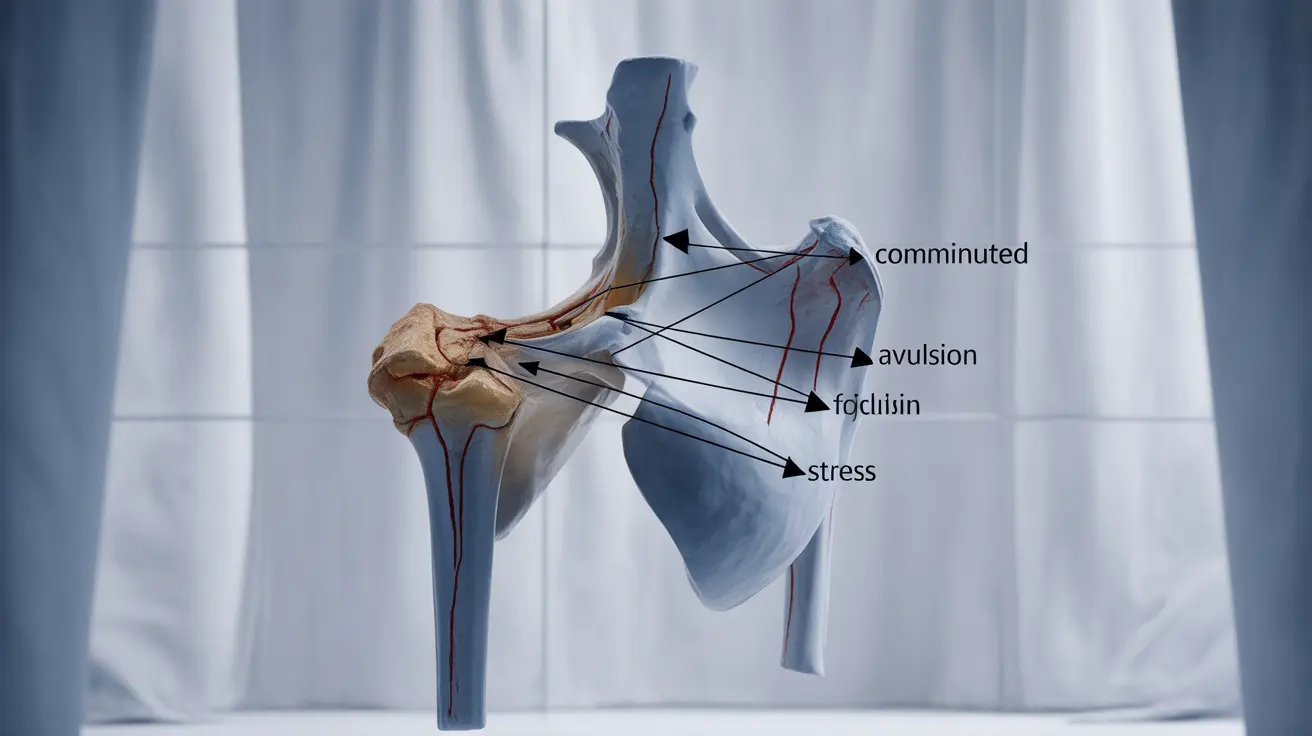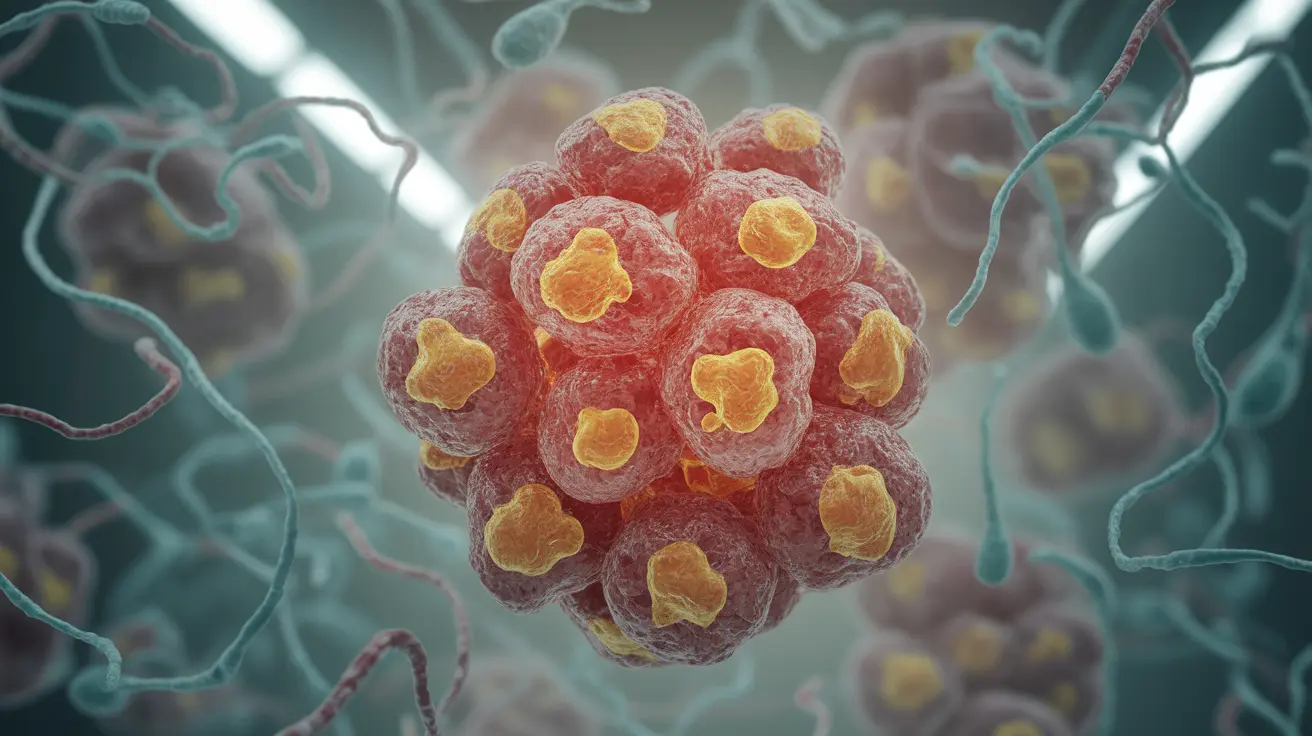Pasta has long been a beloved staple in cuisines around the world, but navigating its nutritional landscape can be challenging. Understanding the nuances of pasta nutrition can help you make informed dietary choices that support your health and wellness goals.
From whole grain varieties to protein-packed options, pasta offers more complexity than meets the eye. This comprehensive guide will explore the nutritional profile of pasta, helping you enjoy this versatile food while maintaining a balanced diet.
Understanding Pasta Nutrition Fundamentals
Pasta comes in numerous varieties, each with unique nutritional characteristics. Traditional pasta is primarily made from durum wheat, though modern alternatives now include multiple grain types to cater to diverse dietary needs.
Whole Grain vs. Refined Pasta: What's the Difference?
The primary nutritional distinction lies between whole grain and refined pasta. Whole grain pasta retains the wheat kernel's bran and germ, preserving essential nutrients like manganese, selenium, copper, and phosphorus. In contrast, refined pasta removes these layers, resulting in a product that's lower in fiber and natural nutrients.
Carbohydrate Content and Metabolic Impact
A typical cup of cooked spaghetti contains 37-43 grams of carbohydrates. While carbohydrates are essential for energy, the type of pasta and accompanying ingredients significantly influence its metabolic impact. Whole grain options typically have a lower glycemic index, promoting more stable blood sugar levels compared to refined varieties.
Protein and Dietary Considerations
Pasta naturally contains protein, though the amount varies depending on the base ingredient. Traditional wheat pasta provides moderate protein, while newer alternatives like legume-based pastas offer higher protein content for those seeking additional nutritional benefits.
Gluten Sensitivity and Alternatives
For individuals with celiac disease or gluten sensitivity, numerous gluten-free pasta options now exist. These alternatives, made from rice, corn, or legume flours, provide comparable taste and texture while accommodating dietary restrictions.
Creating Nutritionally Balanced Pasta Meals
The key to incorporating pasta into a healthy diet lies in mindful preparation and portion control. Pairing pasta with lean proteins, vegetables, and heart-healthy fats can transform a simple carbohydrate dish into a nutritionally robust meal.
Recommended Serving Strategies
- Choose whole grain pasta for increased fiber and nutrients
- Limit portion sizes to 1-1.5 cups per serving
- Add lean proteins like chicken, fish, or legumes
- Incorporate a variety of colorful vegetables
- Use olive oil or light, vegetable-based sauces
Pasta and Long-Term Health Considerations
While pasta can be part of a balanced diet, moderation remains crucial. Individuals managing weight, blood sugar, or specific health conditions should consult nutritionists to determine appropriate consumption levels and types.
Frequently Asked Questions
Is whole-grain pasta better for you than refined pasta?
Yes, whole-grain pasta offers more fiber, vitamins, and minerals compared to refined pasta. It provides better nutritional value and can help promote feelings of fullness and stable blood sugar levels.
How much pasta is considered a healthy portion size?
A healthy portion is typically 1-1.5 cups of cooked pasta. This serving size helps control calorie intake while providing sufficient energy and nutrients.
What are some healthy toppings to add to pasta?
Healthy pasta toppings include grilled chicken, salmon, sautéed vegetables, fresh herbs, olive oil, tomato-based sauces, and small amounts of hard cheeses like Parmesan.
Can I include pasta in a diabetes-friendly diet?
Yes, but choose whole grain varieties, control portion sizes, and pair pasta with proteins and vegetables to minimize blood sugar spikes. Consult a healthcare professional for personalized advice.
Is linguini pasta suitable for people with gluten intolerance?
Traditional linguini contains gluten and is not suitable for those with celiac disease or gluten sensitivity. However, gluten-free linguini made from alternative flours is available as a safe alternative.




